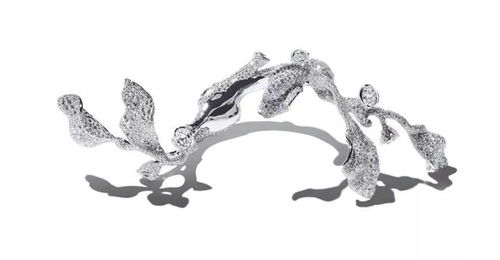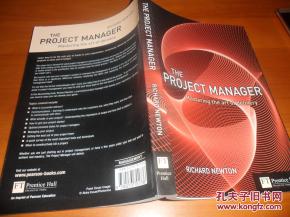Content:
Introduction: Carp fishing, with its rich history and popularity, has captivated anglers worldwide. Among the various species of carp, the common carp (Cyprinus carpio) is particularly sought after for its striking appearance and excellent fighting qualities. One of the most crucial aspects of successful carp fishing is understanding how to manage water conditions and employing the right bait techniques. In this article, we will delve into the art of catching common carps, focusing on water management and baiting strategies that can significantly enhance your chances of landing a trophy fish.
Understanding Water Management: Water management plays a pivotal role in carp fishing, as these fish are highly sensitive to changes in their aquatic environment. Here are some key points to consider when managing water conditions:
Water Temperature: Common carps are most active and aggressive during the warmer months, typically between 60-75°F (15-24°C). It is essential to fish during these periods to maximize your chances of success. However, in cooler waters, you may need to adjust your tactics and target areas with warmer water, such as sunny spots or shallow banks.
Water Flow: Carp prefer slow-moving or still water, as it provides them with a sense of security. If you are fishing in a river or stream, try to locate areas with gentle currents or pools. In lakes and ponds, look for calm bays or backwaters where the water is still.
Oxygen Levels: Ensuring that the water is well-oxygenated is crucial for attracting and keeping carp in your fishing spot. You can increase oxygen levels by using a bubbler or by finding areas with a natural water flow, such as where a stream enters a lake.
Cover: Carp are notorious for seeking cover, such as submerged logs, weed beds, or reeds. By identifying and targeting these areas, you can increase your chances of encountering active fish.
Baiting Techniques for Common Carps: Choosing the right bait is as important as understanding water management. Here are some effective baiting techniques for catching common carps:
Natural Baits: Natural baits such as maggots, casters, and worms are highly effective for attracting common carps. These baits mimic the fish's natural diet and are less likely to be rejected. To maximize your chances, use a variety of natural baits and experiment with different sizes and types.
Artificial Baits: Artificial baits, such as soft plastics, boilies, and corn, can also be highly effective for catching common carps. These baits are versatile and can be tailored to suit different fishing conditions and preferences. When using artificial baits, it is essential to present them in a way that mimics the natural movement of prey, such as by using a slow retrieve or a steady twitch.

Pellet Baits: Pellet baits are another excellent option for catching common carps. These baits are made from a variety of ingredients, including fishmeal, soybean meal, and wheatgerm. Pellets are ideal for use in the winter months or when the water is cooler, as they provide a slow-sinking bait that can be easily detected by the fish.
Timing and Presentation: Timing is crucial when it comes to baiting techniques. Carp are most active during dawn and dusk, so it is best to fish during these periods. Additionally, it is essential to present your bait in a way that is appealing to the fish. This may involve using a variety of rigs, such as the paternoster, the maggot rig, or the boilie rig, and adjusting your presentation based on the fishing conditions and the behavior of the fish.
Conclusion: Catching common carps requires a combination of skill, patience, and understanding of both water management and baiting techniques. By focusing on these aspects, you can significantly enhance your chances of landing a trophy fish. Remember to experiment with different baits and rigs, adapt to the fishing conditions, and always respect the aquatic environment you are fishing in. Happy fishing!












